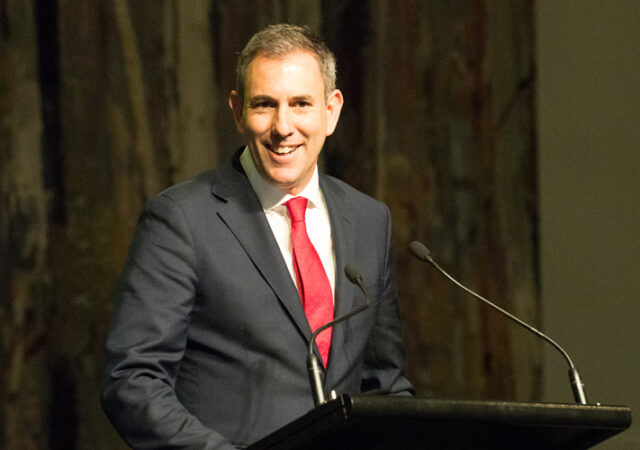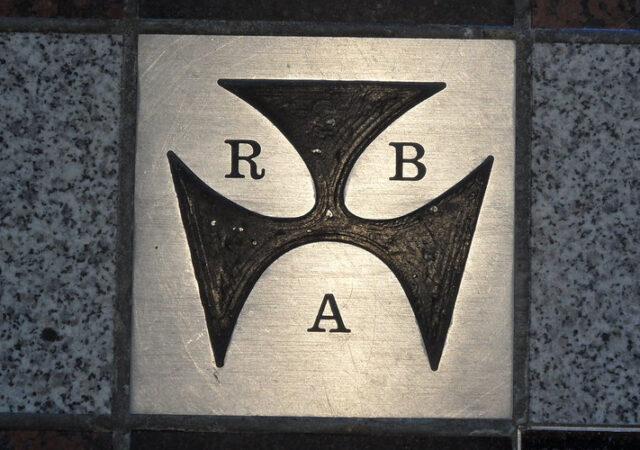Robots doing your investing. No it’s not the latest Will Smith movie, this is real life.
Your superannuation fund manager already probably uses computers to chart share price movements or compute formulas to produce “buy” or “sell” signals on their current investment portfolio.
So it was only a matter of time that computer investing would be extended to individual investors and not just big fund managers.
Instead of sitting down with a real person for a couple of hours to get advice on how to invest your money, you do it all online with little to no human interaction.
You simply fill in a form and answer questions around your financial goals, ideal investment timeframes and your appetite for risk. The computer behind the Robo-adviser then analyses all your information, suggests a portfolio that meets your needs and can even perform more advanced tasks such as regularly rebalancing your investments.
I know this sounds a bit like science fiction, and it’s only new, but it’s quickly becoming big business… by 2019, Robo-advisers are expected to be managing about $255 billion worth of investor capital around the world.
But can you trust a robot telling you where to put your money?
Well, it may not be for everyone, but there are actually a number of potential benefits to putting your faith in a Robo-adviser as opposed to a human.
The first is most obvious: they are cheaper than a traditional fund manager because you’re not paying someone to look after your cash. It’s a pretty simple equation when it comes to investments; the less you pay in fees the more money will end up in your pocket.
Of course, cheaper doesn’t always mean better.
Secondly, there are some things machines can do better than humans. In particular, a computer can turn off emotional and behavioural bias, meaning a machine will never be clouded by emotion or greed.
Robo-advisers simply make objective recommendations on where to invest based on proven investment theory and the instructions of what how you want to invest.
So who should look into Robo advisers?
According to Chris Brycki, founder of Sydney based Robo-adviser Stockspot, they can work “for all investors, regardless of if you have $2,000 or $2 million. Low-cost, well-diversified ETF portfolios are proven empirically and academically to be the best way to grow wealth over the long-run”.
ETF’s are Exchange Traded Funds which are basically listed funds which mirror an investment index… Australian shares, property, cash, US shares etc. The Robo-adviser automatically invests in a mixture of ETF’s which mirror your individual investment goals and risk profile from your original investment questionnaire.
Stockspot are about to become the first investment advisers in Australia to integrate artificial intelligence and machine learning into their system, known as a ‘digital financial assistant’.
The digital financial assistant “learns from the data and behaviour of the thousands of clients that we have and coaches them to make better investment choices,” says Brycki.
“It’s like having a financial expert on call 24/7”.
Apart from Stockspot, other Robo-advisers other in Australia include InvestSMART and QuietGrowth.
The bottom line is that they offer a low fee entry into a mixture of ETF’s chosen by a computer algorithm to reflect what you want from your investments. Their performance will simply mirror the returns of the indexes chosen.
It’s not just investments that Robo-advice can apply to. In the future it’s possible this technology could be applied to things like insurance or superannuation as well.
Robo-advisers are new and they’re not for everyone. You have to be comfortable with the lack of human interaction and be assured the computer algorithm comes up with the right investment mix for your circumstances.
Currently customers of Robo-advisers tend to be young and independent investors along with self managed super funds.




























Trending